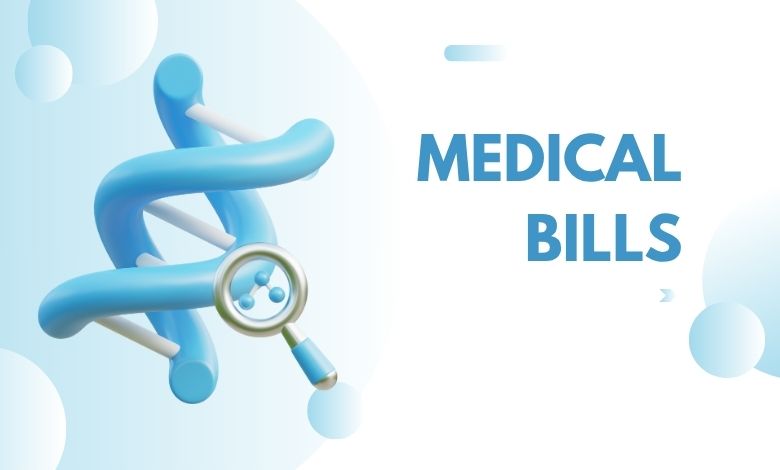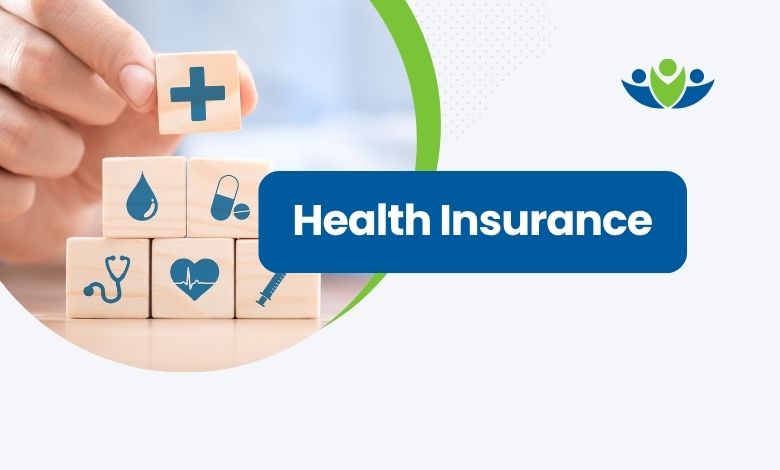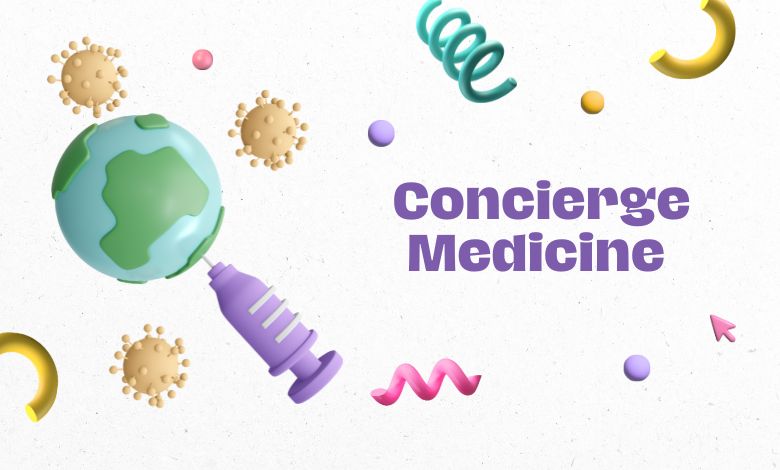Navigating Surprise Medical Bills: New U.S. Rules for 2025

Surprise medical bills have long been a source of financial distress for many Americans, often arising from out-of-network charges despite seeking care at in-network facilities. However, recent legislative and regulatory changes aim to protect consumers from these unexpected costs. As of 2025, several key developments have been implemented to address this issue.
1. No Surprises Act: A Comprehensive Protection Framework
The No Surprises Act, effective since January 2022, continues to serve as the cornerstone of federal protections against surprise medical bills. This legislation prohibits balance billing for most emergency services, non-emergency services provided by out-of-network providers at in-network facilities, and air ambulance services. Patients are now only responsible for in-network cost-sharing amounts in these scenarios, shielding them from the full brunt of out-of-network charges. (aha.org, cms.gov)
Additionally, the Act mandates that healthcare providers furnish patients with a good faith estimate of expected charges before non-emergency services are rendered. If the final bill exceeds this estimate by $400 or more, patients have the right to dispute the charges through an independent dispute resolution process. (carreonandassociates.com, cms.gov)
2. Removal of Medical Debt from Credit Reports
In a significant move to alleviate the financial burden of medical debt, the Consumer Financial Protection Bureau (CFPB) announced in January 2025 that unpaid medical bills would no longer appear on consumer credit reports. This policy change is expected to benefit approximately 15 million Americans, eliminating around $49 billion in medical debt from credit histories. As a result, many individuals may see an improvement in their credit scores, facilitating better access to mortgages, car loans, and other financial products. (the-sun.com, apnews.com)
3. State-Level Initiatives: New York’s Fair Pricing Act
At the state level, New York has introduced the Fair Pricing Act, aiming to cap medical bills at hospital-owned outpatient clinics to a maximum of 150% of Medicare rates. This legislation addresses the significant price disparities patients face for identical procedures based on the type of facility. By implementing these caps, the state seeks to make healthcare more affordable and transparent for consumers. (nypost.com)
4. Ongoing Legal and Regulatory Developments
While the No Surprises Act provides robust protections, its implementation has faced challenges. Notably, the Texas Medical Association filed lawsuits contesting aspects of the Act, particularly concerning the methodology for calculating the qualifying payment amount (QPA). In 2024, the Fifth Circuit Court of Appeals issued a ruling that partially reversed previous decisions, leading to ongoing adjustments in the enforcement and interpretation of the Act. (techtarget.com, cms.gov)
These legal proceedings underscore the complexities involved in balancing the interests of patients, providers, and insurers. As the situation evolves, further clarifications and adjustments to the Act’s provisions are anticipated.(advisory.com)
5. Practical Steps for Consumers
To effectively navigate the landscape of surprise medical bills under the new regulations, consumers should consider the following actions:
- Request Good Faith Estimates: Always ask providers for a good faith estimate of charges before undergoing non-emergency procedures.(carreonandassociates.com)
- Verify Network Status: Confirm that all providers involved in your care are in-network to avoid unexpected out-of-network charges.(carreonandassociates.com)
- Review Bills Promptly: Examine medical bills carefully upon receipt to identify any discrepancies or charges that exceed the good faith estimate.
- Utilize Dispute Mechanisms: If billed amounts are significantly higher than estimates, utilize the dispute resolution processes available under the No Surprises Act.(cms.gov)
- Monitor Credit Reports: Regularly check credit reports to ensure that medical debts are not inaccurately reflected, especially in light of recent changes.(apnews.com)
Conclusion
The legislative and regulatory changes implemented in 2025 represent a significant stride toward protecting consumers from the financial strain of surprise medical bills. While challenges remain, these developments offer a more transparent and equitable healthcare billing environment. By staying informed and proactive, patients can better navigate the complexities of medical billing and advocate for their rights within the healthcare system.



